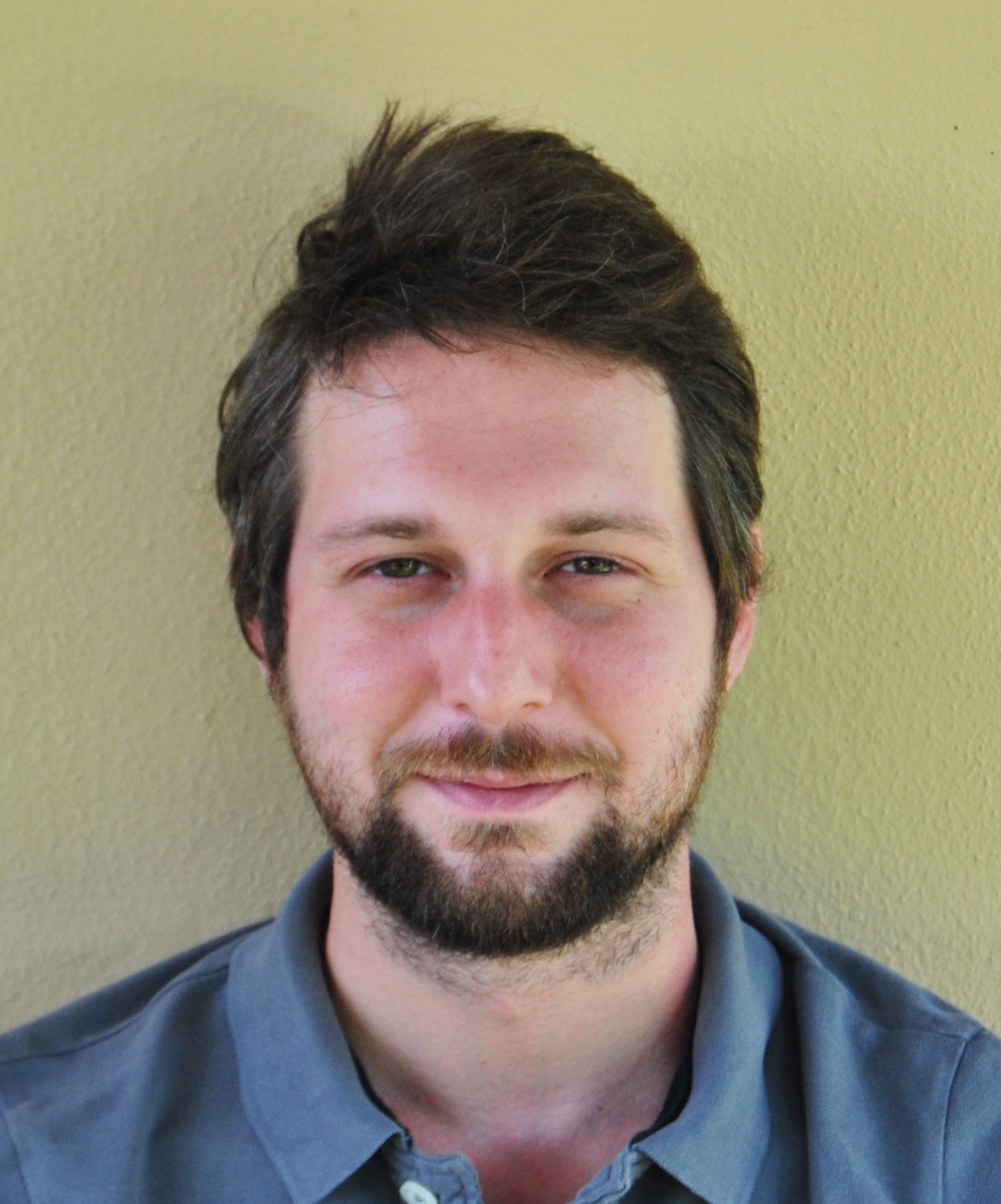Observing the national statistics of physical inactivity in the UK and acknowledging the difficulty of changing a habit, there is a need to explore new methods and ways to help more people to be active. The socio-ecological model of active living (Sallis et al. 2006) widely used in physical activity promotion science indicates that multiple influences, such as policy, social, natural and built environment, but also individual’s circumstances are a crucial part of adopting a new habit. Key to this is understanding people’s beliefs and preferences and how these influence their choice to be active or not.
Linked to this, the campaign love activity hate exercise, by the Chartered Society of Physiotherapists (CSP) in the UK, is aiming to overturn the belief that exercise is necessarily something hard or less enjoyable and promote that enjoyable activities of patients’ preference can be a form of physical activity (Dasoju & Hazard, 2018). This initiative allows health professionals (GPs, FCPs* and Physiotherapists) to redirect patients to new ideas and options on how to implement physical activity into their life, in order to manage their condition or prevent conditions from developing.
Tailored green exercise prescription
One way to promote physical activity could be to encourage patients to visit green/blue spaces and do an activity they enjoy (walk/cycle etc). Patients’ education on the benefits of green/blue spaces in health (Toner et al. 2021) and more specifically in pain reduction (Stanhope, Breed & Weinstein, 2020) could further support this suggestion. However, there is a lack of collaboration between organisations that design and manage urban green/blue infrastructures and the primary health care.
A recent study in UK on green prescribing suggested that although there is an interest from GP practices on prescribing green exercise and there are NGOs that maintain green spaces for outdoor activity, there is lack of communication and common vocabulary between them, which makes green prescribing difficult to be applied (Robinson et al., 2020). Similarly, although Sustrans* recently developed an online application in order to enable people to find walking and cycling routes along the National Cycling Network (NCN), it is not widely known. The CSP suggests Sustrans’ website, however, this source is not officially used as a tool for physical activity prescription by health practitioners. GPs, FCPs and Physiotherapists that suggest physical activity to patients could use or talk about such tools to enable more people to use the existing infrastructures.
Therefore, it would be helpful to develop a GIS (Geographic Information System) application that health professionals, including GPs, FCPs and Physiotherapists could use for tailored physical activity prescribing. Existing platforms with patients’ databases that are used in NHS primary care in the UK (e.g. ‘System One’) could enable health professionals to link such an application with interactive maps of green spaces, cycling paths and social activities for active travel and social or green prescribing. Understanding the location of a patient, being able to count distances, and acknowledging the accessibility to green/blue spaces could make it easier for practitioners to introduce new opportunities for physical activity to each patient. Such an application would make it easier for the practitioners to suggest an appropriate place or route to each patient according to their location and preferences, so that the patient can easily follow the prescription, adopt and maintain the new habit.

Nafsika Michail (Dip.Arch, MA, PhD candidate)
Healthy street designer, Sustrans North
Nafsika is an Architect & Landscape Architect and she is researching the role of the physical environment in shaping healthy behaviours and encouraging physical activity. She has experience in participatory research, behaviour change and public health interventions.

Charalampos Harris Kelesidis (BSc, MSc MMACP)
First Contact Physiotherapist, Pure Physiotherapy (Primary Care Doncaster)
Harris is a Physiotherapist & Manual Therapist keen on preventing and treating chronic pain related to musculoskeletal conditions. He has worked in a variety of practices including musculoskeletal private practices, private and public sector hospitals.

*FCPs are usually Extended Scope Physiotherapists in primary care with main role to reduce the burden of appointment times from General Practitioners (GPs), and patients receive the most appropriate care by seeing directly a physiotherapist if they suffer with a musculoskeletal condition (https://firstcontactpractitioner.org.uk/what-are-first-contact-practitioners/).
*Sustrans is the charity that promotes walking and cycling in the UK, by designing low-traffic neighbourhoods and involving the community in the co-design process, and by expanding and maintaining the National Cycling Network (https://www.sustrans.org.uk/)
References
Dasoju P.& Hazzard S. (2019) Love activity, hate exercise? A consultative approach to developing a national physical activity campaign from the Chartered Society of Physiotherapy, Physiotherapy, Volume 105, Supplement 1, Pages e100-e101, https://doi.org/10.1016/j.physio.2018.11.078
Robinson, J.M., Jorgensen, A., Cameron, R., & Brindley, P. (2020). Let Nature Be Thy Medicine: A Socioecological Exploration of Green Prescribing in the UK, Int. J. Environ. Res. Public Health 2020, 17(10), 3460; https://doi.org/10.3390/ijerph17103460
Sallis JF, Cervero RB, Ascher W, Henderson KA, Kraft MK, Kerr J. An ecological approach to creating active living communities. Annu Rev Public Health. 2006;27:297-322.
Stanhope,J., Breed, M., F, Weinstein, P., (2020). Exposure to greenspaces could reduce the high global burden of pain. Environmental Research, Volume 187,109641, ISSN 0013-9351, https://doi.org/10.1016/j.envres.2020.109641
Toner A., Lewis S.J., Stanhope J. & Maric F. (2021) Prescribing active transport as a planetary health intervention – benefits, challenges and recommendations, Physical Therapy Reviews, DOI: 10.1080/10833196.2021.1876598

